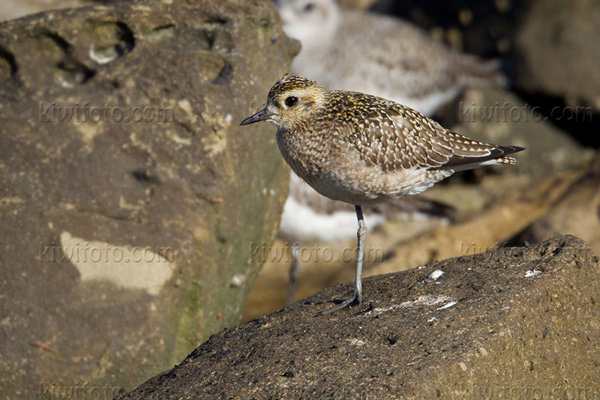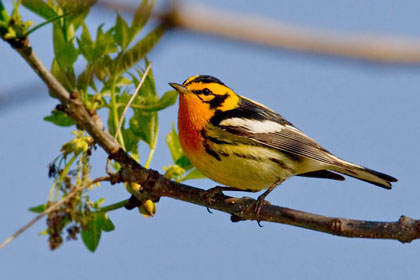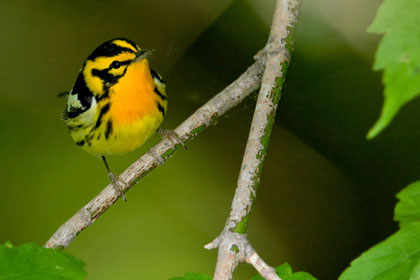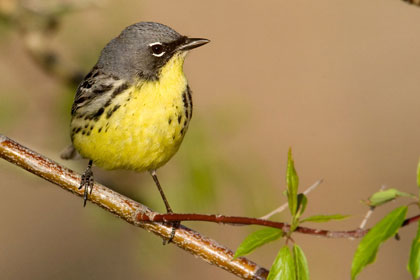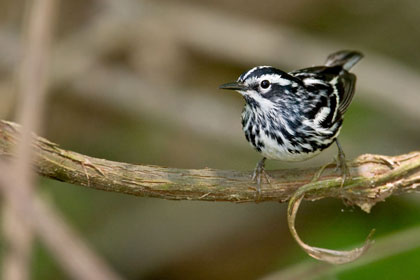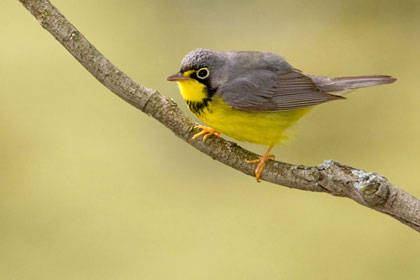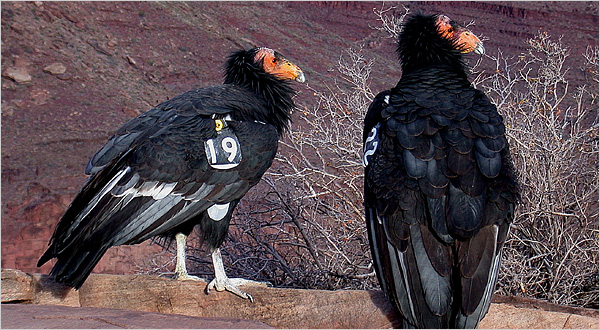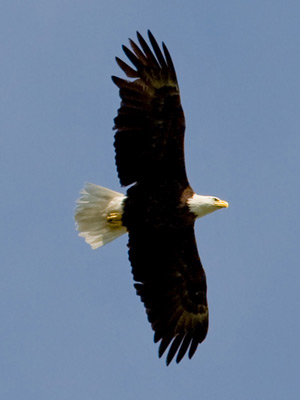
Slide 1
I’ve been putting the finishing touches on my new iPhone (web)App and it’s about ready to launch to the public. If you have an iPhone, go to this link:
If you go to that link on any other device (ie. desktop, iPad, Android) it will still load the original website. I have optimized it a bit to load faster and more efficiently on mobile devices, but so far I only designed a specific application for iPhones.

Add to Home Screen
When it loads in Safari on your iPhone, click the “+’ button on the bottom and select “Add to Home Screen”. This will place an icon on your iPhone desktop labelled “Kiwifoto.com”. While you can still run the application within Safari, this will provide a more complete, full screen experience of the Kiwifoto.com application.

Slide 2
So what features have I implemented thus far? For one, you can browse all recent photographs I have taken by selection “What’s New?” from the home screen. This will order all species photographed in descending, chronological order.

Slide 3
Additionally, all videos I have taken will appear in a consolidated “Video” tab where you can view them in full 1080p HD quality right from the application!

Slide 4
I have also included the entire database of ALL bird species in the world. You can query this via searching by the species “Common” name or by it’s “Latin” or “Scientific” name. (ie. Sandpiper vs. Calidris). When photographs of the bird are available, they will be displayed along with a button to play audio of the call. Note: playing video or audio will NOT leave the application. They will be played inline, seamlessly!
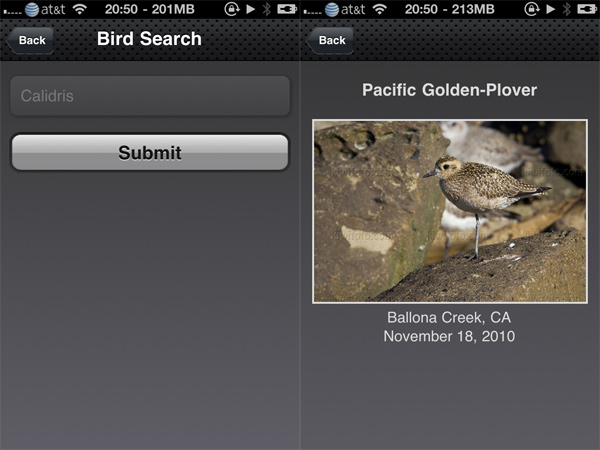
Slide 5
So what’s the future of the application? Well, I want to integrate it more seamlessly with Twitter, RBA’s and GPS. This will provide one consolidated location to find out where and when birds are being seen. As well as providing a direct path to getting you from your mobile location to where the bird is. It’s all just scattered code in my brain right now. I will be toying around with different ideas of how to implement it over the coming days. For now, enjoy the existing features and please let me know of any bugs in the app. Or if you have any ideas for future improvements!
